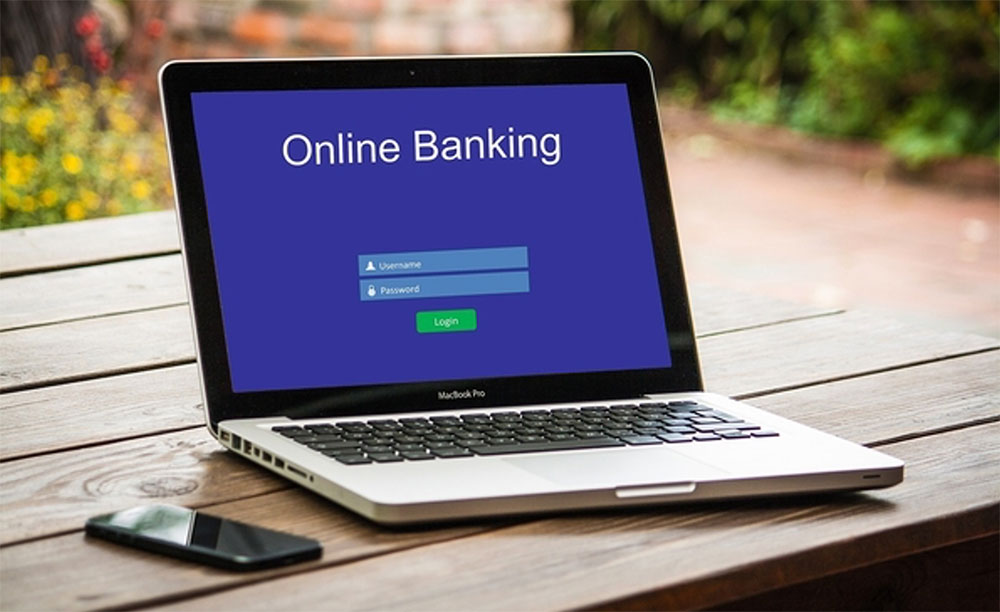Digital banking has revolutionized the way we manage our finances. From transferring funds to paying bills, customers now enjoy unprecedented convenience. However, as the reliance on digital platforms increases, so do the threats.
Cybercriminals are devising sophisticated methods to exploit vulnerabilities in banking systems, putting customer data and assets at risk. This post details the escalating challenge that has pushed financial institutions to adopt advanced measures to counteract these threats.
The Growing Threats
One of the most pressing concerns in digital banking is phishing attacks. Cybercriminals use deceptive emails or messages to trick customers into revealing sensitive information, such as login credentials or account details. Once these details are compromised, unauthorized access to accounts can occur.
Another significant concern is the rise of malware targeting banking apps. These harmful programs are often embedded in seemingly legitimate applications or links, enabling hackers to access sensitive information.
To encounter such threats, banks leverage advanced tools like debit card scanner to enhance transaction security. Such tools ensure that the card details are accurately verified and safeguarded against unauthorized access during online and in-person transactions.
Distributed Denial of Service (DDoS) attacks also pose a significant risk. By overwhelming a bank’s online infrastructure, cybercriminals can disrupt services, causing inconvenience to customers and tarnishing the bank’s reputation.
How Financial Institutions are Responding
Financial institutions employ a multi-faceted approach to enhance security in response to these threats. Here are some key strategies:
1. Advanced Encryption and Secure Channels
Banks are implementing end-to-end encryption to ensure that data transmitted between customers and their servers remains secure. This method protects sensitive information such as account numbers, passwords, and personal details from being intercepted by hackers.
2. Biometric Authentication
Traditional passwords are being replaced or supplemented with biometric verification methods like fingerprint scanning, facial recognition, and voice authentication. These technologies add an extra layer of security, making it difficult for cybercriminals to gain unauthorized access.
3. Regular Security Audits and Penetration Testing
Banks conduct regular audits and penetration tests to identify and address system vulnerabilities. These proactive measures help institutions stay ahead of potential threats.
Customer Aware and Education
While financial institutions invest heavily in security, customers also play a critical role in maintaining safety. Banks are ramping up efforts to educate their users about the latest threats and best practices for secure digital banking. This includes advice on recognizing phishing emails, using strong passwords, and avoiding untrusted websites or links.
Regulatory Support
Governments and regulatory bodies are also stepping in to enforce stringent cybersecurity standards in the banking industry. Regulations such as the General Data Protection Regulation (GDPR) in Europe and Gramm-Leach-Bailey Act (GLBA) in the United States ensure that financial institutions are held accountable for protecting customer data.
A Collaborative Effort
The fight against digital banking threats requires collaboration between banks, regulatory authorities, and technology providers. The industry can stay one step ahead of cybercriminals by sharing information about emerging threats and working together to develop innovative solutions.
Endnote
Digital banking is here to stay, offering unparalleled convenience and efficiency. However, as threats continue to evolve, so must the strategies to combat them. Financial institutions are rising to the challenge by investing in cutting-edge technologies, enhancing customer education, and collaborating with industry stakeholders. Together, these efforts are creating a safer digital banking environment for all.






